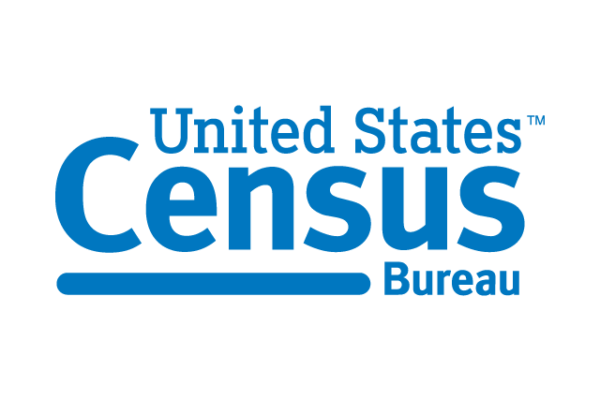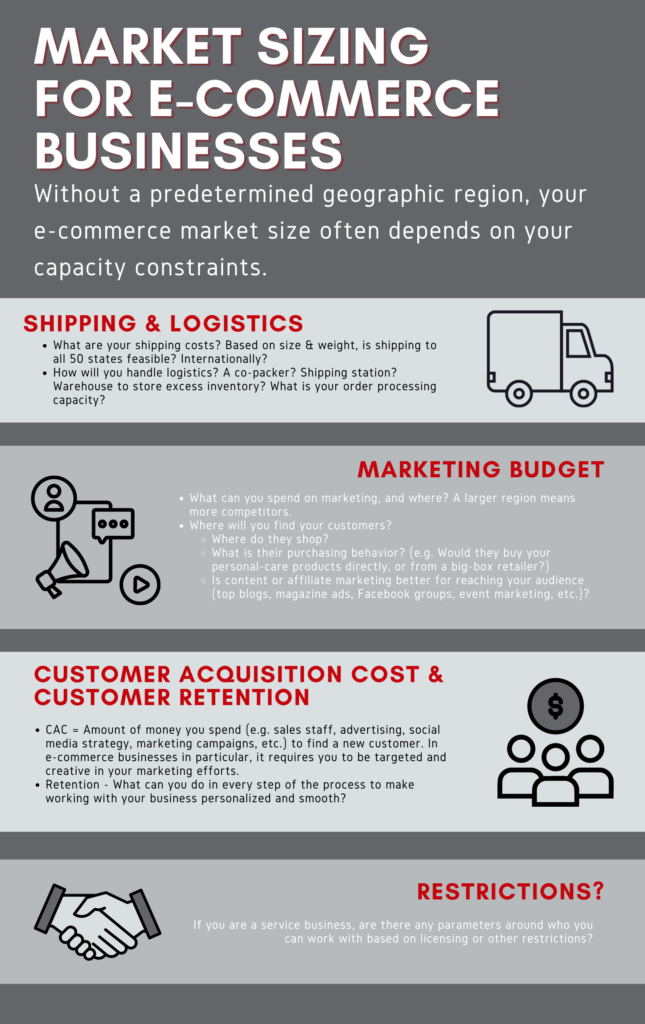US Census Data
Provides you with broad demographic data for different areas of the country. For example, by understanding how many of your "ideal customers" live in a geographic area, you will have a better idea of your possible market size.

Market Research Databases - Libraries
Databases may be available from your local public or university library (e.g. Data Axle, IBIS reports, Vertical IQ, Statista, etc.). Some libraries even have business librarians who specialize in utilizing these databases for market research.

Size Up Wisconsin (hosted by the Wisconsin Economic Development Corporation)
Free, customized platform designed for small and midsize business owners and entrepreneurs. This database can help you discover potential customers and suppliers, optimize advertising and marketing, analyze area consumers, and more!

Trade Associations
Trade associations and industry resources often offer valuable reports about industry standards to their members by surveying their membership through third-party surveying companies. If you are part of one for your industry, see what they have!

Economic Development Organizations
Local economic development organizations (part of your municipality or local government) may have locally conducted surveys, demographic information, or other reports that are region-specific.

Risk Management Association
The Risk Management Association has provided industry benchmarks for lenders for years. This data can be purchased at RMAHQ.org

Market Research Resources, Continued
- Franchise headquarters offer documents to franchisees that include a wealth of information about what has worked well for their business. Similarly, if you are buying a franchise, franchise disclosure documents (FDD) should tell you more about what you can expect for profit margins and other important financial information.
- Lenders measure against standards in the banking industry and may be able to provide you with industry profiles to help you understand what falls outside of expected “normal” operating results.
- Accountants may have access to benchmarking systems through subscriptions they hold.
- Vendors may compile industry information to understand the trends and needs of customers. As a customer, you may have access to these reports.
Market Sizing for E-Commerce
Sizing your market for an online business can be tricky, since you are not working with a predetermined geographic region. Because of this, calculating a reasonable market size for e-commerce businesses often has more to do with your capacity constraints. For example:
- Shipping & logistics – What does your shipping cost? Based on what you are trying to send (size, weight) and shipping costs to different areas of the country or world, is shipping to all 50 states feasible? Shipping internationally?
-
- How are you planning to handle logistics? Do you have a co-packer? Shipping station? Warehouse to store excess inventory?
-
- What is your order processing capacity? A small-scale business that is shipping out of someone’s personal residence will look very different than one that has a commercial shipping operation in place.
- What do you have available to spend on marketing, and where do you plan to spend it? Since your marketing dollars are limited, it is important to consider to where and how you plan to market your business.
-
- The larger your geographic marketing area, the more competitors you can anticipate.
-
- Based on the shipping costs/radius you considered above, is there a physical distance that you consider to be your maximum marketing radius?
-
- Where do your customers shop? What is their purchasing behavior? For example, if you sell personal care products, what is the likelihood that they will visit your business’ e-commerce website directly to purchase vs. purchasing your products as an add-on with other retailers?
-
- Does it make sense for you to focus your marketing efforts on content creation with groups or publications that align with your target audience (top blogs, magazine ads that match your target audience, Facebook groups with related interests, event marketing, affiliate marketing, etc.)?
-
- If you are a service business, are there any restrictions on who you can work with based on licensing or other restrictions?
- What is your customer acquisition cost? This represents the amount of money you spend (on sales staff, advertising, social media strategy, marketing campaigns, etc.) to find a new customer. While this number is important in any business, it is critical for e-commerce businesses in particular, and it requires you to be targeted and creative in your marketing efforts. Similarly, customer retention is important as well – what can you do in every step of the process to make working with your business personalized and smooth to ensure repeat customers?


